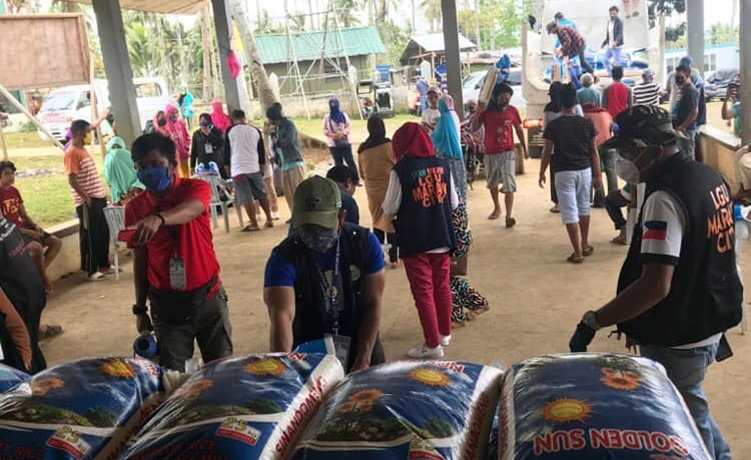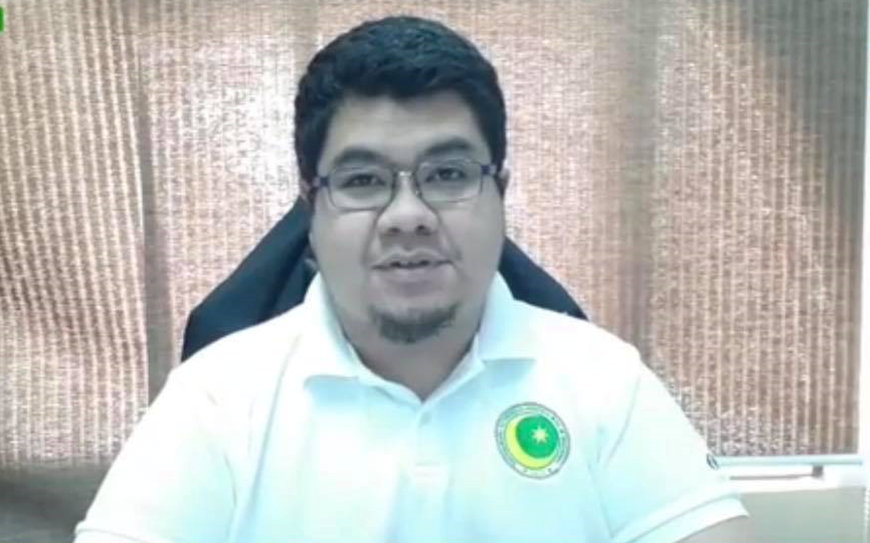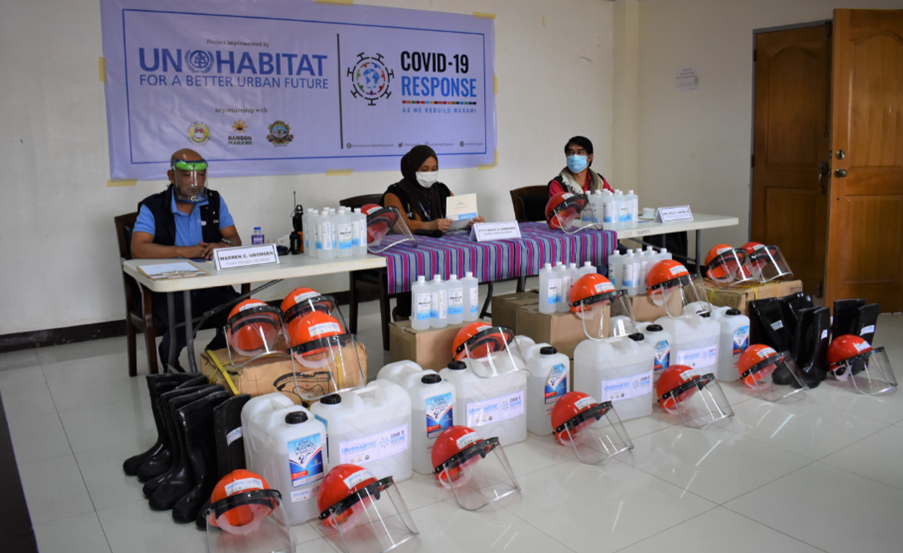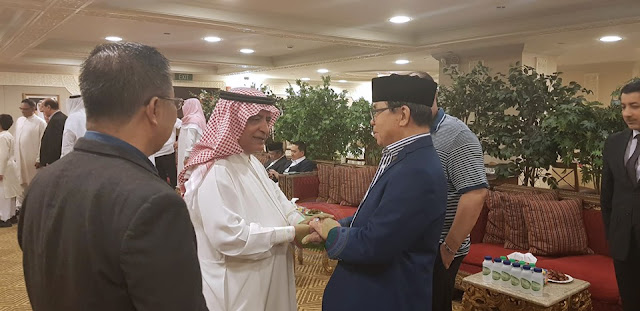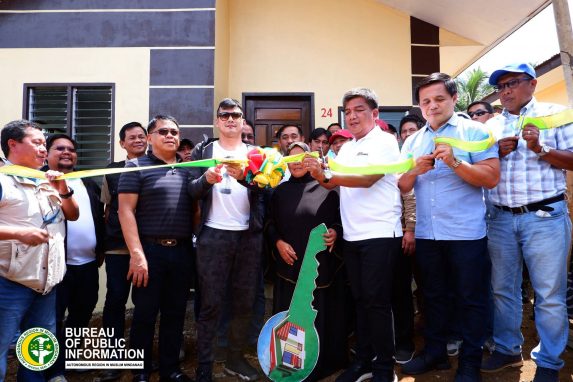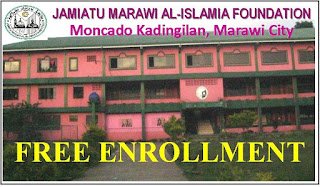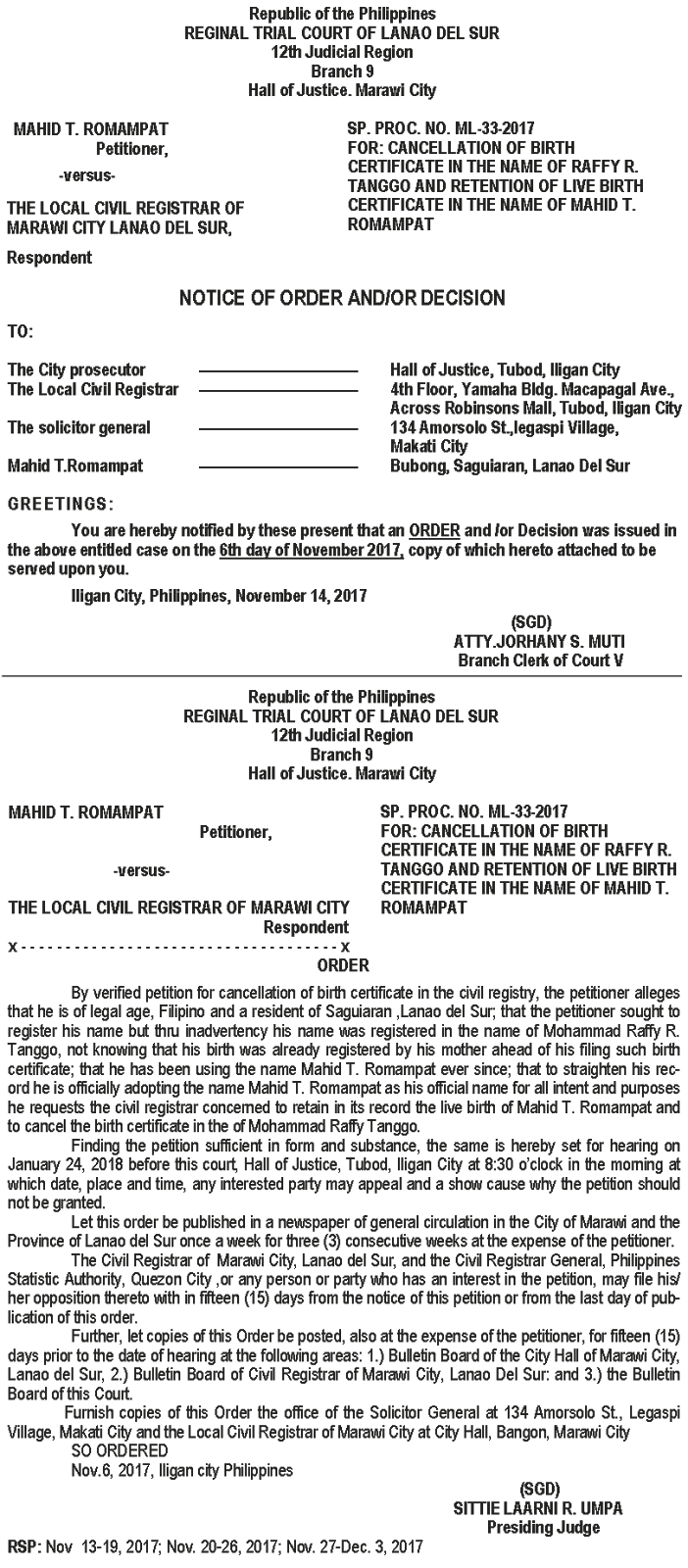
By Che Palicte
August 13, 2019
DAVAO CITY: Marawi City Mayor Majul Gandamra remains optimistic that the city will be "livable" again and will fully recover in three years’ time.
In an interview on Sunday, Gandamra said that the ongoing rehabilitation projects inside and outside the most affected area (MAA) or "ground zero" are proof that the city "will soon rise again."
“It’s not easy to rise again but with the support of the government and support from other sectors, I know makakabangon muli ang Marawi (Marawi will rise again),” the mayor said.
Gandamra said the ongoing recovery of “unexploded ordnance" (UXO) and the demolition of properties have contributed to the delay in the rehabilitation timeframe.
About 70 UXOs have so far been recovered inside the MAA, 22 of which were retrieved by the Explosive and Ordnance Team of the Armed Forces of the Philippines (AFP). Authorities said six of the recovered bombs have been detonated and another 42 are still subject for detection and recovery.
Another factor that delayed the rehabilitation, Gandamra said, is the refusal of more than 2,000 property owners to give consent to the demolition of their properties.
“We allow them to visit their respective properties for them to assess together with the government agencies. This is to see if the structure is sound for rehab or for repair, and if it is unsound then we will be recommending it for demolition,” he explained.
Currently, Gandamra said that out of the 6,435 structures in the ground zero, 2,804 demolition permits have been served by the local government unit. A total of 1,875 structures have been cleared while 1,720 were being cleared of debris, he added.
“After the demolition, there are lots of components to be built in the ground zero,” he said, referring to the planned public infrastructures such as markets, mosques, schools, and livelihood centers.
Meanwhile, National Housing Authority (NHA) General Manager and Housing and Urban Development Coordinating Council (HUDCC) Secretary-General Marcelino Escalada clarified that despite the delays, rehabilitation timeline remains on target.
Escalada assured full recovery would immediately start following the release of funds and assessments of the area.
“The funds were only downloaded in 2018 into the National Disaster Risk Reduction and Management Council (NDRRMC) to finance the rehabilitation and restoration of Marawi,” he pointed out.
Escalada said that NHA’s task in the Marawi rehab and restoration was to build temporary and permanent shelters, aside from clearing the area of explosive and debris.
Last Friday, the LGU and NHA led the groundbreaking ceremony for the establishment of permanent shelters in Barangay Kilala and Gadongan in Marawi City. The housing project, named Pamayandeg sa Ranaw Residences, was funded by the San Miguel Corporation (SMC) while the land acquisition and development was fulfilled by the NHA.
About 2,000 housing units will be built in the 39-hectare land and will cater to 2,000 families. Escalada said permanent shelters are expected to be completed by March 2020.
The siege of Marawi by militants linked to the Islamic State began on May 23, 2017 and lasted for five months. It resulted in the death of over a thousand people, mostly extremists who were killed in gun battles with government forces. (PNA)














